
How to deal with peduncles
This question is dialectical. On the one hand, there is an opinion that the appearance of flower stalks violates the ideal shape of the hosta bush, it seems to be “falling apart”. And on the other hand, in my deep conviction, the flowering of the host adds decorativeness to the plants themselves and the garden as a whole. After all, each variety blooms in its own way. There are peduncles of blue, lilac, snow-white or cream, light purple, lavender flowers — their diverse shape and size, the number of peduncles, different flowering periods allow you to admire the hosts from the beginning of summer until autumn.
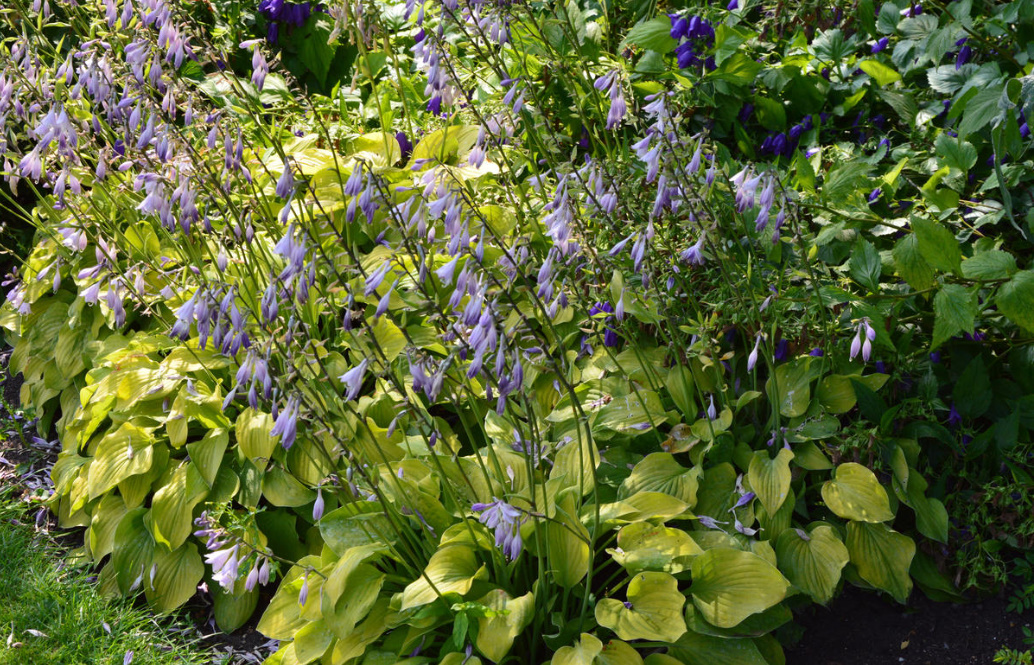
There are fragrant flowers with a subtle aroma akin to exquisite French perfumes — and this, believe me, is not an exaggeration! Well, why cut off such beauty? Of course, each gardener solves this issue independently, but take into account my arguments.
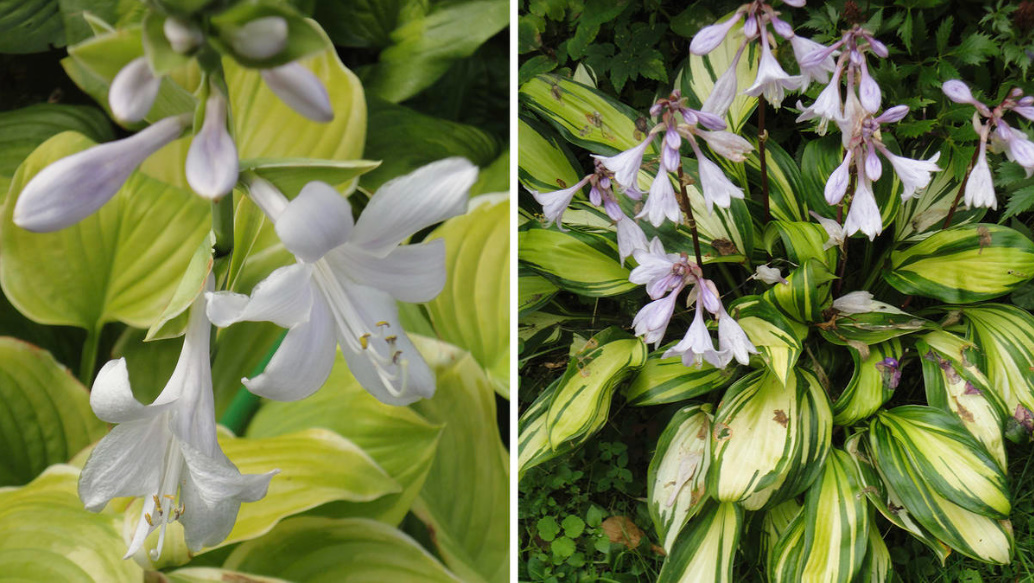
Difficulties and their overcoming
The headache of host lovers is the invasion of snails or slugs that spoil the leaves and are able to destroy the tender shoots of some newly planted hosts in just one night. It happened to me with the variety ‘Sagae’, traces of which I did not find at all shortly after planting — so it was to the taste of these voracious gastropods.
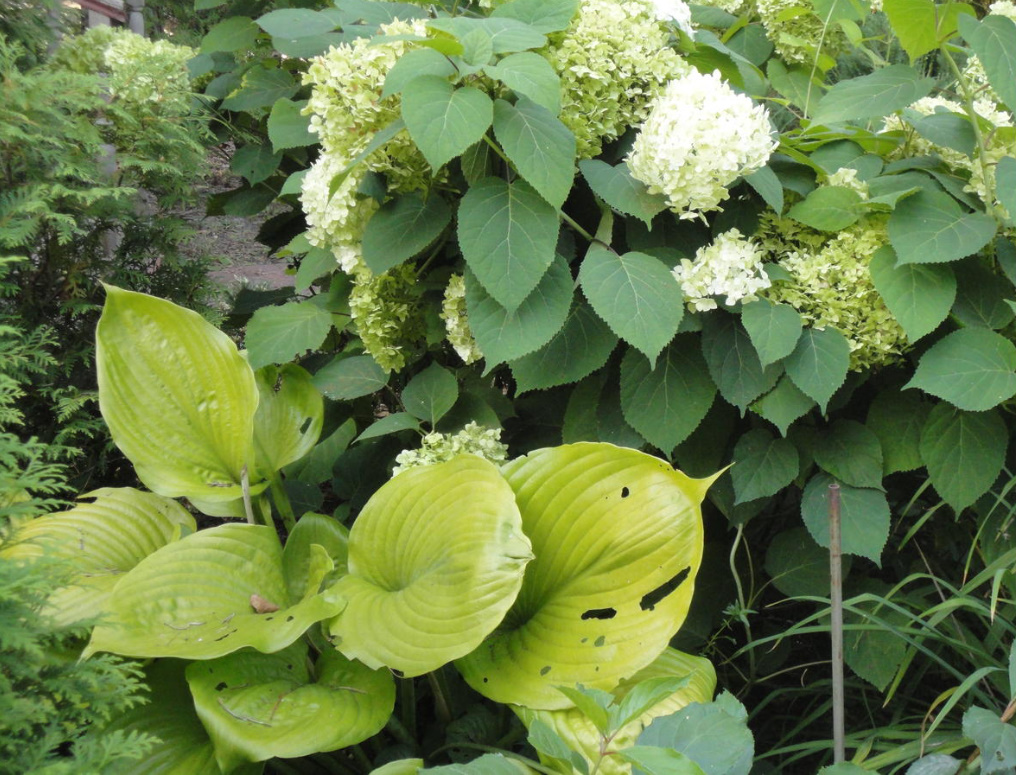
There are means of struggle — the same metaldehyde, sold under different trade names. But its use can have unpleasant consequences for humans and pets who can sniff this chemical. And even small children risk accidentally putting a “candy” in their mouth — a bright capsule of metaldehyde, which according to the rules should lie on the surface, and not be buried in the ground.
It is better to use more environmentally friendly methods, primarily manual collection, scattering of ash or lime, nut shells or crushed bark. Someone will object that in the latter case, this event will cost the gardener dearly, but it is worth spending money to preserve the hosts on which a lot of money has been spent. Of course, with large-scale events, the costs will be considerable.
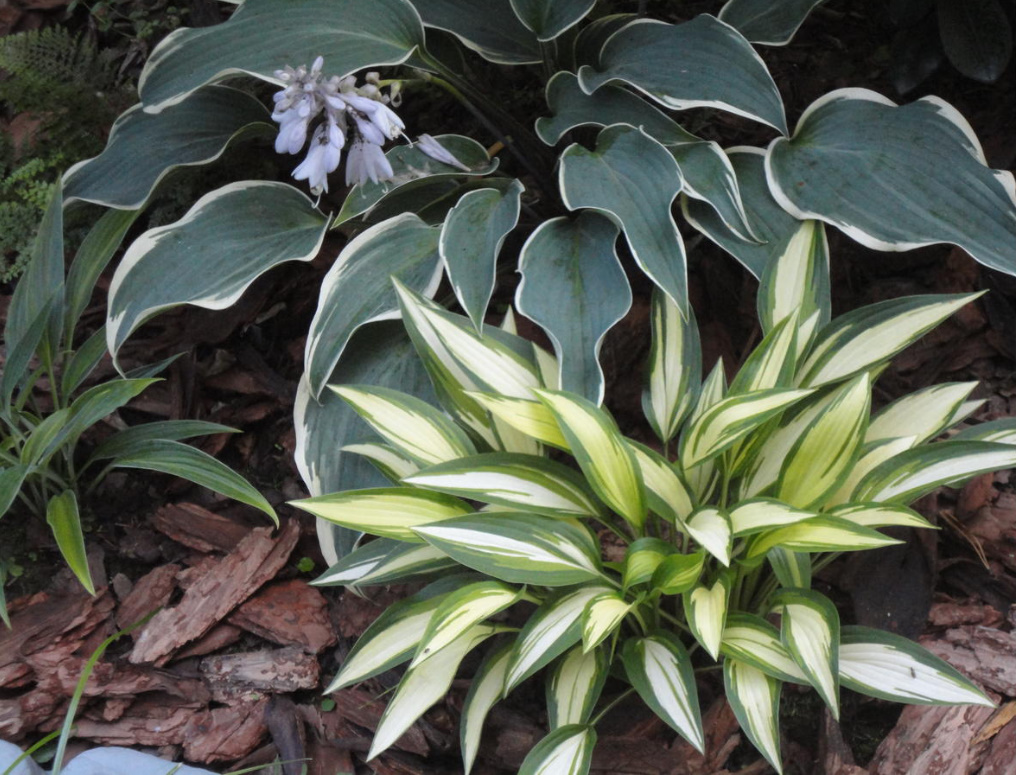
Therefore, from an economic and strategic point of view, it is better to have your own wood waste shredder on the farm, which is always in abundance. With a shredder, you can always get the necessary amount of wood chips. In our garden, we have been successfully practicing mulching plantings with crushed wood mulch for more than one year, which creates an insurmountable barrier for slugs and snails.
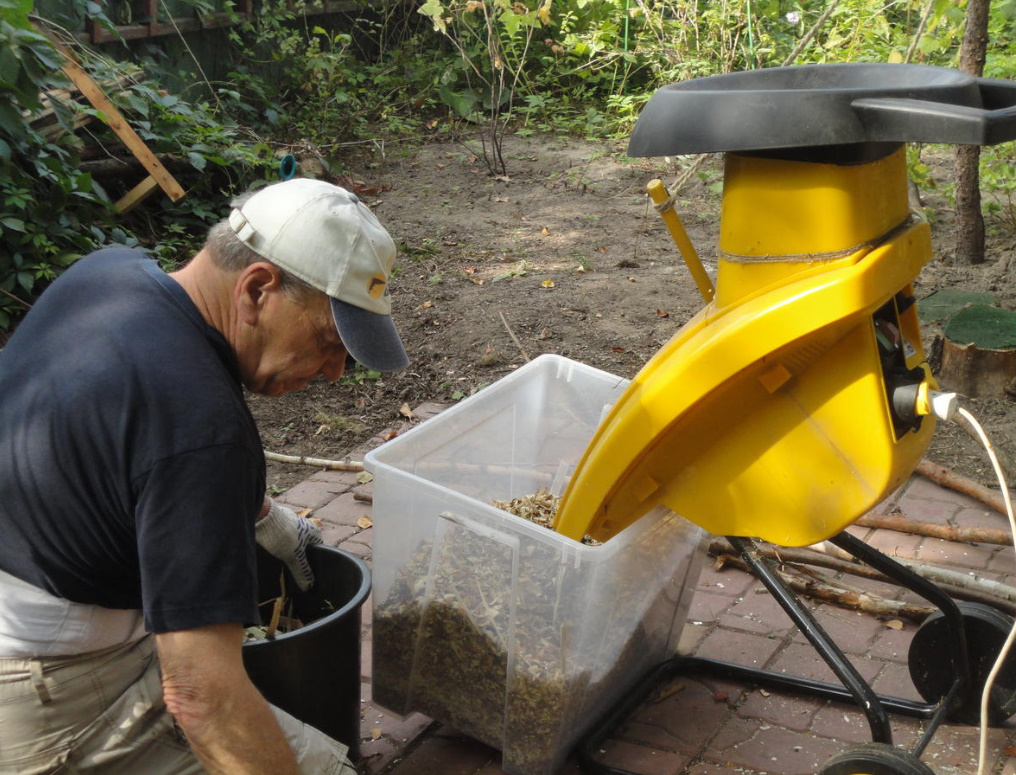
In addition, I am a supporter of attracting slugs’ natural enemies to the garden — hedgehogs, birds, toads and frogs. Toads, by the way, love to spend time in the midday heat in the shade of the host, and at night they go hunting — just when the slugs are doing their dirty work. Breed amphibians, equip them with a small pond for spawning in a secluded corner of the garden — the costs will pay off completely!

Recurrent spring frosts can cause great damage to the collection. Hosta, which can withstand frosts up to -30 ° C in winter, is very vulnerable in spring. Even a small short-term pre-morning frost will damage the delicate leaves of plants. The loss of decorativeness in the current season is guaranteed. Therefore, in case of a threat of frost, wrap your pets with a covering material in several layers. Those hosts who arrived at the site in pots in an already blooming state can be identified in the garden for permanent residence only when the old hosts fully open the leaves.

Pots with hosts can be kept in a secluded shady corner of the garden while you slowly prepare the planting site. In addition, it makes it possible to observe the new ones, to see firsthand, and not in the picture, their color and texture of the leaf, to assess the scale of the plant. And if there is a threat of frost — move the pots to a safe place, for example in a gazebo.

Preparing for winter
In deep autumn, the host leaves do not wither, but wither and turn yellow. The question arises whether to trim them or not. There is no single answer, and the truth, as always, is in the middle. In heavily overgrown old hosts, it is better to trim the leaves and send them to the compost box. If this is not done, then after the first frosts they will turn into a slimy rotting mass — a source of diseases.

In medium- and small-sized hosts, the leaves will serve as a natural shelter for the root system, as is observed in the wild.
The babies especially need to leave the leaves. During the winter they are mummified, and in the spring the location of the host will be clearly visible. You can use special markers. For these purposes, we install improvised “tents” made of sticks that do not allow you to accidentally step on fragile plants. They stay for the winter and in early spring protect our plantings from accidental damage.
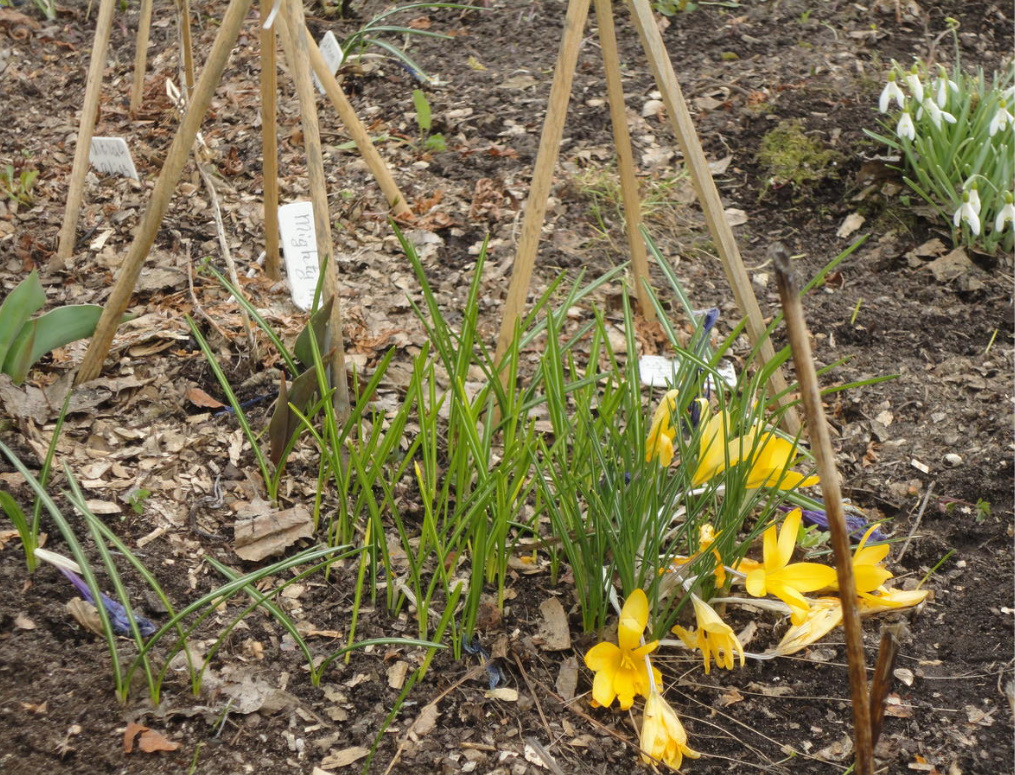
Hosta is a versatile plant suitable for any garden. The choice of varieties allows you to meet the needs of every gardener — and unpretentiousness makes it possible even for a novice summer resident to create his own original flower garden. And which hosts are growing at you? Share your favorites and finds in the comments.
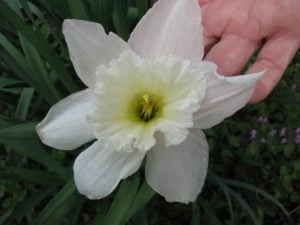



Leave a Reply